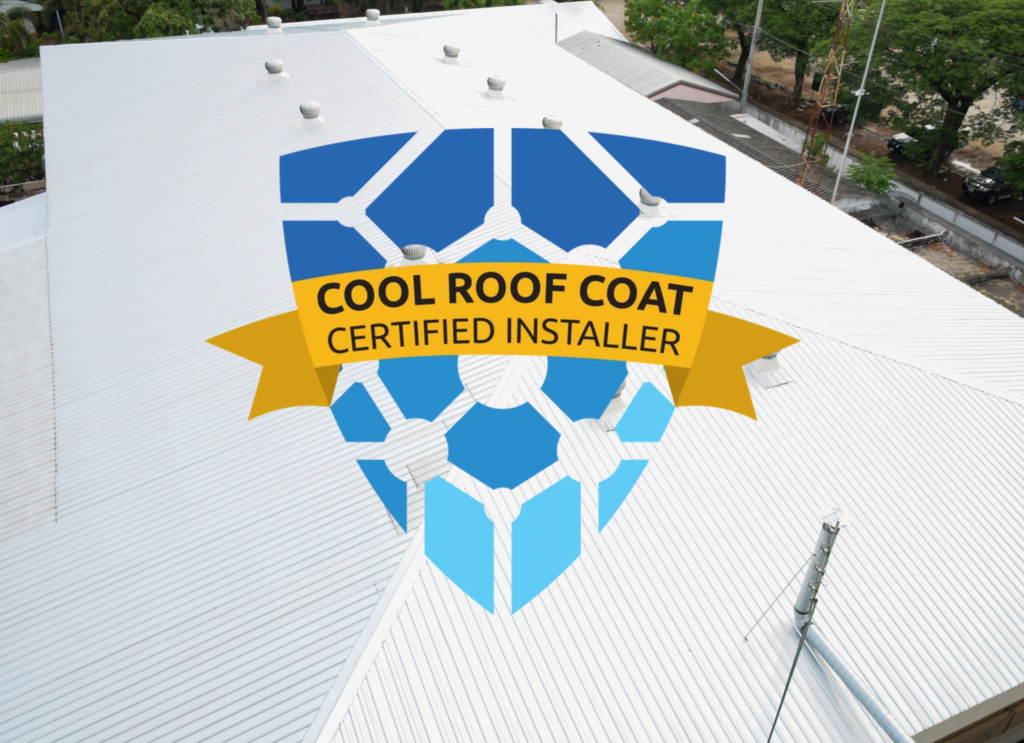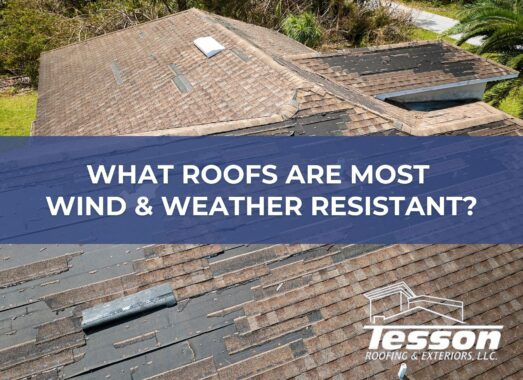A wind-resistant roof is designed to withstand the forces exerted by strong winds, such as those from hurricanes, tornadoes, or severe thunderstorms. Several factors contribute to a roof’s wind resistance:
- Roof Shape and Design: Certain roof shapes are more wind-resistant than others. Steeper pitched roofs, such as gable or hip roofs, tend to be more aerodynamic and can deflect wind more effectively than flat or low-sloped roofs.
- Roofing Materials: The type of roofing material used can significantly impact wind resistance. Metal roofing, for example, is known for its durability and ability to withstand high winds due to its interlocking panels and rigidity.
- Roofing Attachment: Proper installation and attachment of roofing materials are crucial for wind resistance. Roofing materials should be securely fastened to the roof structure to prevent them from being lifted or torn off by strong winds.
- Edge Flashing and Sealing: The edges of the roof and any openings, such as vents or chimneys, should be properly sealed and reinforced to prevent wind-driven rain from infiltrating and causing damage.
- Roof Underlayment: A strong and properly installed underlayment can provide an additional layer of protection against wind-driven rain and prevent water infiltration.
- Structural Integrity: The overall structural integrity of the building plays a significant role in wind resistance. A well-constructed building with a strong framework and proper bracing will help the roof withstand the forces exerted by high winds.
Cool roof coatings can enhance the wind resistance of metal and flat roofs by providing additional layers of protection and reinforcement:

- Sealing and Waterproofing: Cool roof coatings create a waterproof barrier that seals the roof surface. This prevents water from infiltrating and weakening the roof structure, which is especially important during heavy rain and wind events.
- Flexible and Elastic Properties: Many cool roof coatings are designed to be flexible and elastic, allowing them to expand and contract with temperature changes and movement of the roof. This flexibility helps prevent cracking and damage that can result from the stress of wind and temperature fluctuations.
- Strength and Durability: Cool roof coatings can add an extra layer of strength to the roof, protecting it from impacts and debris carried by high winds.
- Reflective Properties: While the primary purpose of cool roof coatings is to reflect sunlight and reduce heat absorption, their reflective properties can also help in reducing the temperature fluctuations that weaken roofing materials over time. This can contribute to the overall longevity of the roof.
By combining the wind-resistant qualities of appropriate roofing materials, proper installation techniques, and structural considerations with the protective features of cool roof coatings, you can create a more resilient roofing system that is better equipped to withstand weather and wind damage. This can ultimately lead to reduced maintenance costs and increased safety for the occupants of the building.
